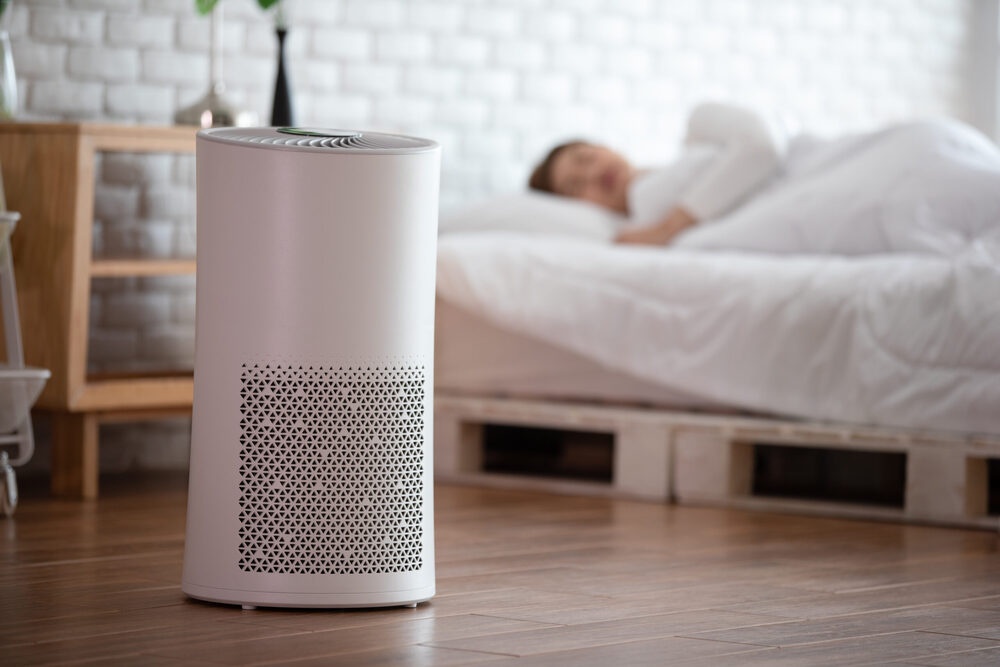This is a great question, and one that many people who are new to air purifiers are curious about. Air purifiers have been around for a while now, but many people don't really know how they work. Keep reading to learn more about the way air purifiers work, and whether or not they're right for you.
Air purifiers purify the air in your home by removing pollutants like mold, dust, germs, and allergens, like smoke, pollen, pet dander, and dust mites from the air. A purifier uses a fan or compressor to create a flow of air, which passes through a filter. The filter traps airborne pollutants. Some purifiers use ozone to kill germs and allergens, while others use UV light technology or ionization to reduce bacteria in the air.
How an air purifier identifies and removes pollutant particles from the air in your home
Air purifier identifies dust particles using different types of filters. They are used to trap and remove contaminants from the air in a room. They trap particles that would otherwise cause allergic reactions among air-borne contaminants.
Air purifier filters work according to various methods, but the most popular filters include Hepa filters, electrostatic filters, and carbon filters.
HEPA (high-efficiency particulate arresting) filters are the most commonly used filters in air purification systems. HEPA filters, which trap particles with diameters smaller than 0.3 microns, can be easily damaged by heat, humidity, and particles with high traffic. They are also quite expensive.
On the other hand, electrostatic filters, which trap particles in charged form, trap allergens and dust very efficiently. They are cheap and are not easily damaged by heat, humidity, or particles in high traffic. However, they are less effective than HEPA filters.
Carbon filters, which remove gaseous contaminants and odors, are not effective against pollen, mold, fungus, bacteria, or viruses. When air passes through these filters, it passes through the charcoal, where it gets adsorbed onto the filter.
How an air purifier can save you money in the long run?
By removing particles from the air over time, an air purifier can reduce your cleaning time and your need for cleaning supplies.
By removing particles from the air, an air purifier can reduce the number of times you get sick. These particles can exacerbate symptoms in people who suffer from allergies and asthma.
An air purifier can also reduce allergens in your home, which can reduce the amount of money spent on cleaning and dusting.
Finally, an air purifier can improve the quality of air in your home. This can reduce the amount of money spent on the medicine used to combat illnesses that result from poor air quality.
Conclusion
Now that you know how air purifiers work, you're ready to choose a new purifier for your home. Keep reading to learn more about some of the top air purifiers on the market, and look into reviews of different purifiers online.


No comments yet